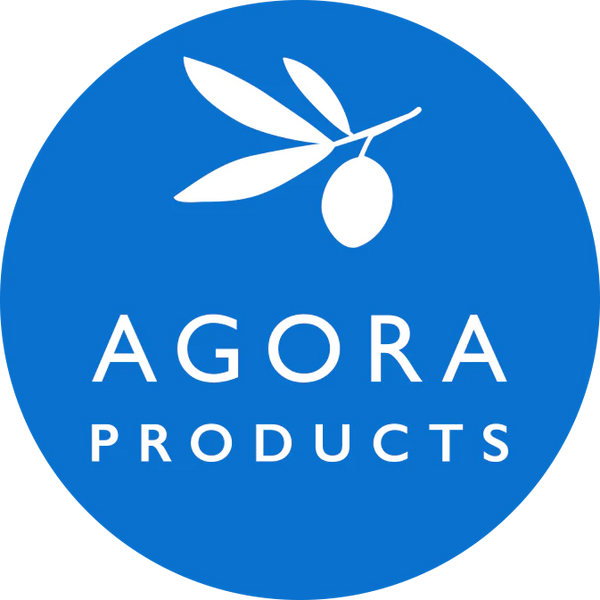What is Gluten & Types of

Gluten is a protein which occurs in grain types such as wheat, barley, spelt, rye, kamut and triticale. Gluten has an exceptionally low nutritional value. It basically acts as glue which holds wheat flour together and thereby enables or simplifies bread baking.
Gluten is the generic term used to define the storage proteins found in many cereals, such as wheat, spelt, rye and barley. In people with celiac disease, those proteins cause an inflammatory response which leads to intestinal damage. Even traces of gluten can cause discomfort. People with coeliac disease or non-celiac gluten sensitivity, must avoid food made with any of these grains and have to pay attention to cross-contamination.
When it comes to wheat the proteins are named as gliadins and glutenins, in barley it is hordein and in rye secalins.
It is the group called prolamins, the alcohol-soluble protein fractions of these grains, which are toxic to people with celiac disease. These are:
-
Wheat (gliadin)
-
Barley (hordein)
-
Rye (secalin)
-
Botanically related species, e.g. as spelt, green spelt, kamut, emmer and einkorn
Nutritionally those proteins aren’t essential to cover the protein intake, however they do have very unique properties which make the doughs rise and confer baked goods the characteristic “doughy” and crunchy texture we all know well.
Do people react differently to different glutens?
As mentioned, gluten found in wheat, rye, and barley are known by different names but they all contain prolamins. Prolamins are rich in proline and glutamine, two non-essential amino acids that are difficult to digest. It is the high proline and glutamine content in gluten that prevents the proteins from being completely broken down by the digestive enzymes. The long-term result of this is that proteins with up to ten amino acids, are present in the small intestine and cause reactions.
Watch out for foods based on wheat, rye or barley. Keep in mind, however, that there are different variations of these grains. Here is a list of gluten-containing grains to avoid:
-
Wheat
-
Spelt
-
Kamut (Khorasan wheat)
-
Bulgar wheat
-
Triticale
-
Durum
-
Einkorn
-
Farina
-
Emmer
-
Semolina
-
Couscous
-
Barley
-
Pearl barley
-
Rye
Pure oats can be eaten by most people with coeliac disease, make sure that they are labelled as gluten free.
Types of gluten free flour and ingredients
hankfully, there is a significant range of foods and ingredients available for gluten-free baking and cooking.
Here is a list of gluten free flours, each with its own unique taste, texture and culinary properties – and safe to use for people with coeliac disease or gluten intolerances.
Alternative grains and cereals:
-
Amaranth
-
Buckwheat
-
Quinoa
-
Corn/Maize
-
Millet
-
Fonio
-
Rice
-
Tapioca
-
Sorghum Cassava (manioc)
-
Teff
-
Sago
-
Hemp
-
Hops
Fruits and seeds
-
Chestnut
-
Coconut
-
Flax/linseed
-
Gram (chickpea) flour
-
Flours from pulses (lentils, beans, peas…)
-
Sesame
-
Soya
Nuts
-
Almonds – hazelnuts – walnuts – peanuts
Helpers for a successful baking
-
Agar
-
Carrageenin
-
Fiber husk
(content provided by Schär for further information refer to www.schaer.com)
